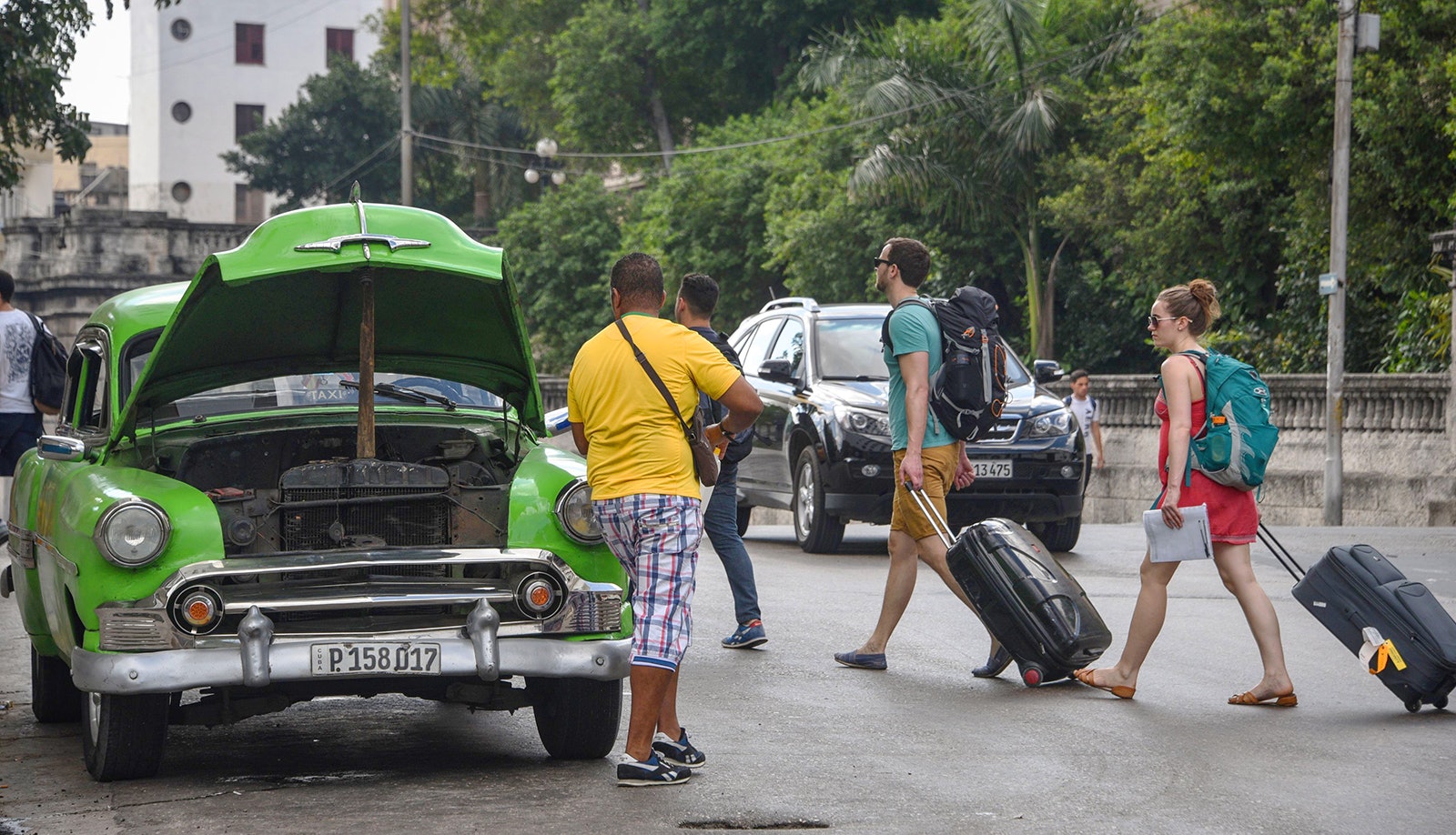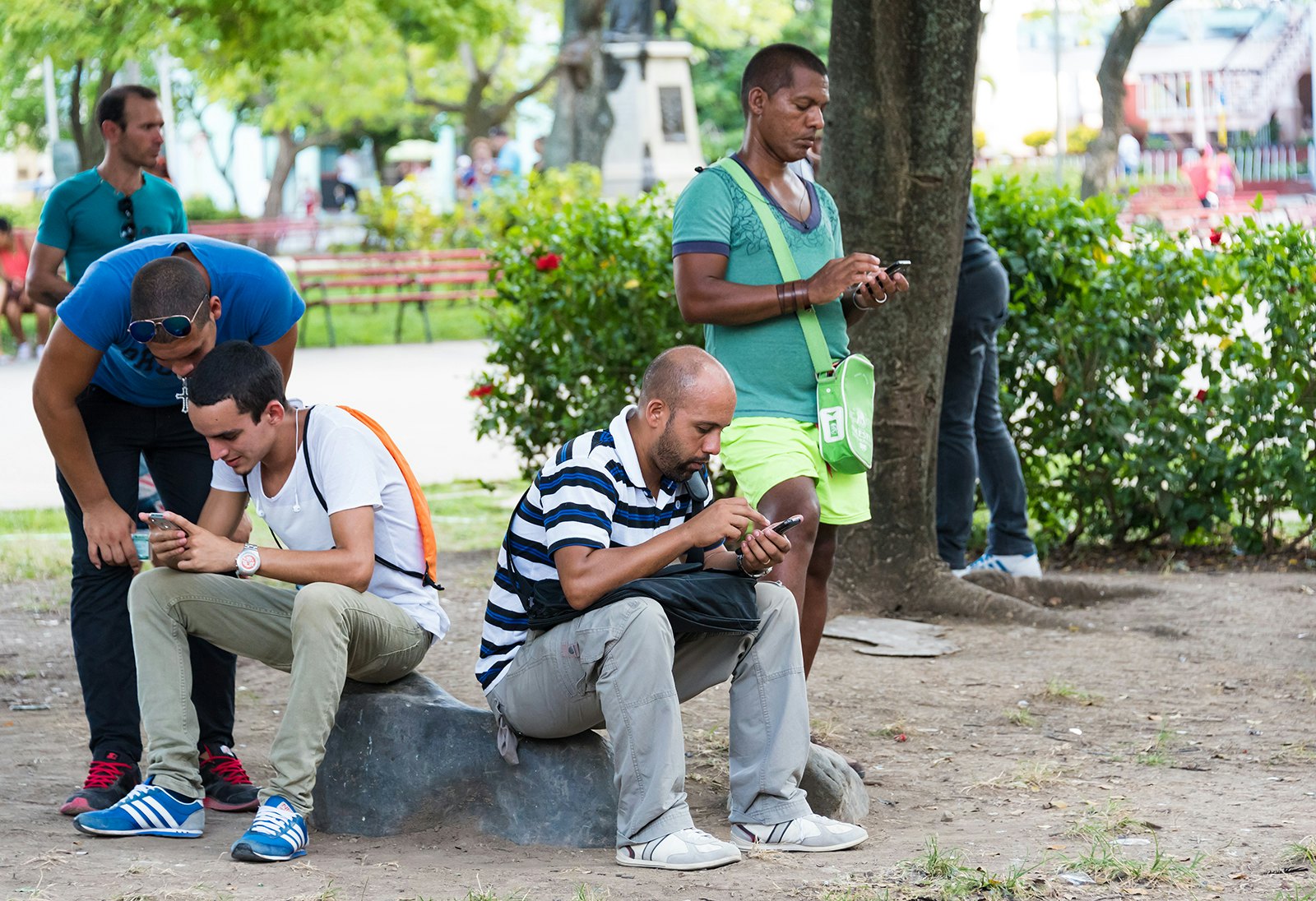

Rum, revolutionaries and retro cars – Cuba has a back-in-time appeal. Though a trip to Cuba seems undoubtedly exciting, you'll need to understand how the island works to get the best out of your visit. From visa rules to dual currencies, Cuba can be confusing for first timers. Avoid costly pitfalls and prepare properly with our practical guide.

While most agree Cuba is on the cusp of serious change thanks to the thaw in relations with the United States, that change hasn't happened yet. Cuba still presents some unique challenges to travelers, and as such it helps to be in the know.
How to get there
A variety of flights to Cuba are available around the world, both direct and non-direct. Currently there are no direct commercial flights to Cuba from the US, with most airlines routing through Canada, Spain or Mexico. Following a historic agreement in February 2016, however, US airlines are now able to fly to the isle for the first time in 53 years. Several airlines have direct routes to Havana, and other Cuban cities are in the pipeline. Similarly, many cruise lines now offer itineraries that include Cuba.

Visas
To enter, you need to get a tarjeta de turista (tourist card) valid for 30 days, which can be extended once you're in Cuba; confusingly, this is also often referred to as a tourist visa. You can purchase this card from travel agencies or airline offices ahead of time; if you fly with a major airline via Madrid or Toronto, however, you'll be given a free tourist card en route. Policies vary, so be sure to call your airline office before you travel and check your country's government website for specific information on any other entry requirements. As a note, you cannot leave Cuba without presenting your tourist card. If you lose it, be aware that it will take at least a day for the card to be replaced.
American citizens still have to comply with one of twelve official reasons for travel, and should check with the US Department of the Treasury (treasury.gov) for the latest information and requirements concerning American travel to Cuba.
Money
Cuba is pretty much a 100% cash economy, and its currency can't be purchased outside the country. The island operates a two-currency system – one for locals, Cuban pesos, and the other for tourists, convertible Cuban pesos or CUC (pronounced ‘cook’). It's unlikely anyone will charge you or mention anything other than the CUC$ option, but be aware it's around 25 times the price of the local peso (be sure to check your change as the notes look similar). One CUC$ is equal to US$1.
It's best to take a common currency like sterling or euro into the country and exchange it once you land. Don't take US dollars, as Cubans get charged extra to change this currency and they'll pass on that cost. While most hotels will change cash, the rate and commission vary wildly. State run cambios’ opening hours can be a law unto themselves, so if in doubt it's best to change cash when and where you can. While ATMs do exist, they are few and far between and can be empty when you do find them. Simply put, think about everything you do everywhere else (don't carry much cash, use credit cards, etc.) and do the opposite.

Tipping is expected for anyone who helps you, from luggage porters to toilet attendants, and the minimum is CUC$1. It's handy to have a roll of these on hand so you can tip and keep your other notes tucked away. If you are slugging back local cocktails, it's customary to tip CUC$1 per drink. These notes also come in handy when you need the bathroom outside of your hotel – expect to pay CUC$1 for the privilege, and take your own toilet paper as there's no guarantee you will be given any.
Internet access
Consider a trip to Cuba a digital detox. Forget Instagram. Log off from Facebook. Even if you're prepared to pay for data roaming, it won't work here as there's no unregulated internet access. Some (more luxurious) hotels offer wi-fi in the form of vouchers for 30 mins or an hour but they're expensive (US$10 for 30 minutes) and the connection is slow. Occasionally you'll see an internet cafe but be prepared for working with 1995 level internet – and that sound you hear...that's dial up. Some major cities recently introduced wi-fi hotspots in public plazas where you'll find people gathered to try and get a signal, but it's best to assume you'll be working offline only. Download any guide books before you go (or revert back to paper maps), as well as any books, movies, box sets you think you'll want for entertainment. Cuban TV isn't exactly Netflix.

What to pack
Aside from clothes, take books for long bus journeys and make sure all your music is accessible offline. It's also an idea to pack snacks and any particular things you can't live without. One of the reasons Cuba is such a rewarding experience is that global brands haven't taken hold here, but its poorer economy means that there's no such thing as a convenience store. If you're hungry between meals, you're going to be hard pushed to find anything other than the odd bit of fruit. Also, ladies, tampons haven't arrived yet, so don't get caught short. If you're exploring the countryside and doing anything active, pack a basic first aid kit – while Cuba has one of the best state-run health services in the world, the nearest provider could be miles away.
How to get around
Cuba once had a rail network, but if you ask any Cuban about it, you'll get a snort or raised eyebrow in return. Stick to the buses, which are surprisingly comfortable and despite seemingly chaotic departures at most terminals, they operate like clockwork. Turn up a day or a few hours before, buy your ticket and reserve a place; then arrive 20 minutes before the departure time and head to the front desk, where they will check your name off the list to confirm your spot. Prices are set per journey and are reasonable. On longer routes, the driver will stop for a meal at a roadside restaurant and you can indulge in a traditional Cuban sandwich (grilled pork and cheese).
If you are short on time, car taxis might be a better alternative: they usually can be found around bus stations and cost CUC$1 to start and CUC$1 per kilometer in cities. Taxi drivers are also known to offer foreigners a flat, off-meter rate (usually very close to what you'll pay with the meter) in order to avoid paying a dividend to the state.
Outside Havana, expect to see plenty of horse and carts still working the roads. You can hire many of these as taxis, along with bicycle-powered tuks tuks and the much photographed muscle car taxis. Agree on your price before you set off and don't be shy to barter – it's par for the course.

How to sightsee
Take your time, try not to plan to do too much in a day and be flexible. While museums, art galleries and other sights have designated opening hours, it's not uncommon for these to change without notice, meaning you could miss out if you can't return at a different time or on a different day. Remember to take plenty of water with you (available to buy from your hotel) as it’s not easy to buy it once out and about – while Cuban rum is almost as cheap as water, it doesn't work so well to combat the heat.














